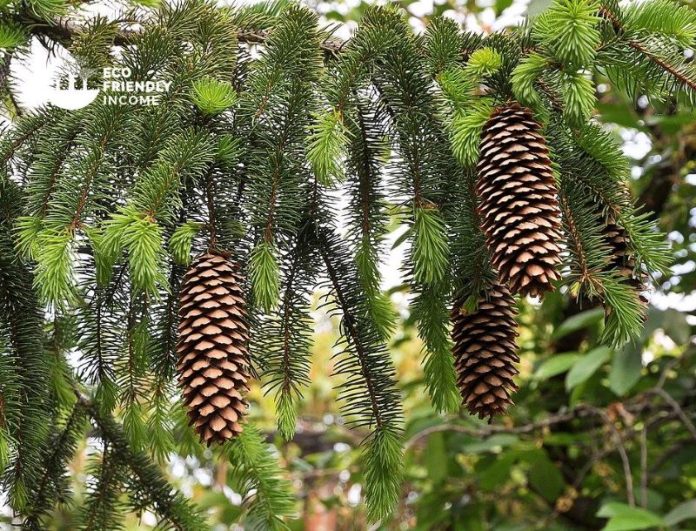
Featured Photo by Plamen Agov / CC BY-SA 3.0
A field guide on how to identify and propagate Norway Spruce (Picea abies), a hardy tree that is native to eastern Norway.
How to Identify Norway Spruce (Picea abies)
Leaves
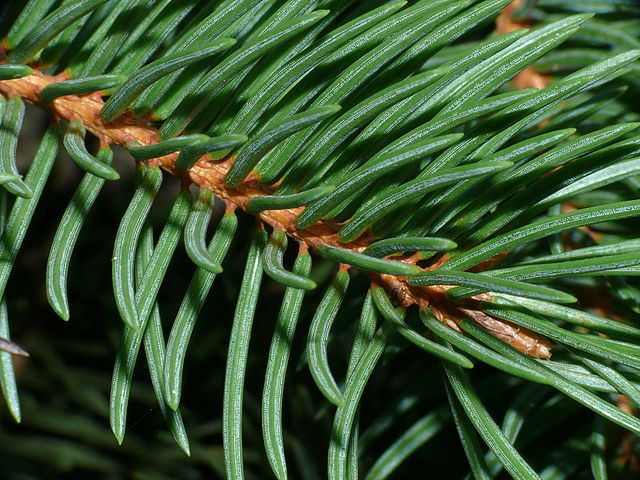
Norway spruce has linear-shaped needles with an entire margin (smooth). They grow on the stems in alternate arrangements.
Their needles are relatively short, with a length of about 1-3cm each.
If you pluck a needle and pinch it between your fingers, you could roll it.
This is a good way to differentiate them from fir species, which have flat needles that don’t easily roll.
Bark
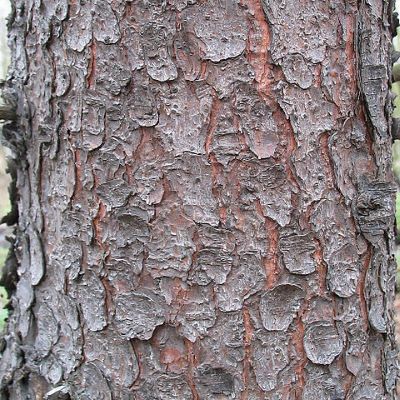
The bark of a Norway Spruce starts out thin when the tree is young but becomes thicker with age. As the tree matures, the bark becomes gray-brown and forms flaky scales.
Cones
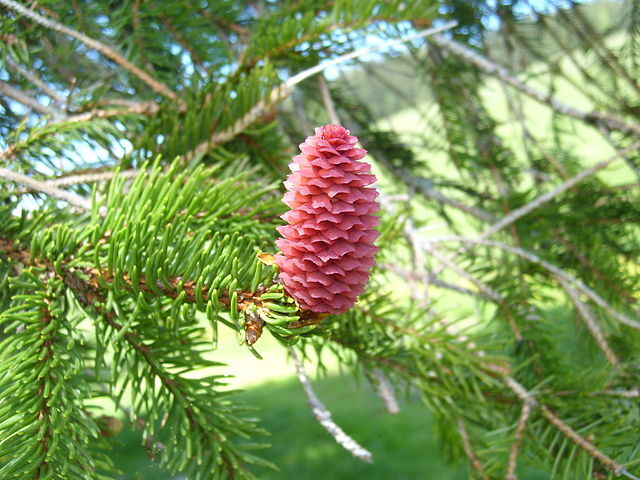
The fruit of the Norway Spruce is an elongated cone, 10-15 cm in length, with a reddish-brown hue. Its scales are stiff and leathery, often diamond-shaped with wavy edges and small irregular teeth.
You can find the cones at the end of the branches.
After being pollinated by wind, female flowers turn green and transform into red-brown cones.
Flowering Season
Cones appear on the tree in late spring to early summer but aren’t mature until the end of summer.
Habitat
Norway Spruce is a versatile species that thrives in moist and rich soils, but avoids arid and barren soils.
It has a high tolerance for shade, making it a formidable competitor, and flourishes in cool and humid climates.
The best soils for its growth are well-drained sandy loams, but it can adapt to a wider range of soil types than most other spruces, making it the fastest-growing spruce.
Some other understory plants that associate with Norway spruce are:
- Guelder Rose (Viburnum opulus)
- Mountain Fly Honeysuckle (Lonicera villosa)
- Labrador Tea (Rhododendron groenlandicum)
- European Blueberry (Vaccinium Myrtillus)
Wildlife Value
Norway spruce forests are a crucial habitat for various wildlife species.
They provide winter shelter for deer, and small game like grouse, hare, and woodcock. These forests also attract songbirds and furry mammals.
Additionally, Norway spruce trees make suitable roosting spots for hawks and owls.
How to Propagate Norway Spruce (Picea abies)

Hardiness Zone: 3-7

Soil Type: Clay, loam, sand.

Water: Normal

Exposure: Full Sun to Partial Shade.
You can propagate Norway spruce with two methods:
- Stem Cuttings: It provides established trees faster, but is tricky, and will probably have a lower success rate.
- By Seed: The success rate is high but takes longer to get established saplings.
Personally, I haven’t had much chance of getting spruce cuttings to root but it is possible.
I prefer to use seeds, which are much easier and more reliable.
Let’s take a look:
How to Propagate Norway Spruce (Picea abies) by Seed
Norway spruce trees aren’t only found in Norway, they’ve been introduced to America long ago by settlers.
This means you might have a good chance to find some trees nearby and just harvest seeds yourself.
In this case, here’s how:
How to Harvest Seeds
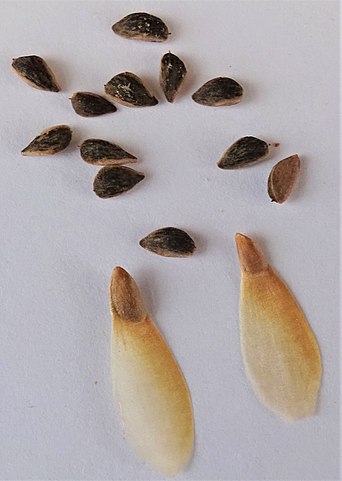
The ideal time to gather cones for seed collection is from late summer to early fall.
The cones should be fully matured but collected before they shed their seeds.
To collect the seeds, place the cones in a brown paper bag to dry until they naturally open up. Then, simply shake the seeds out of the cone.
Stratification & Sowing
For optimal Norway spruce seed germination, cold stratification is recommended. Here’s the process:
- Place the seeds in a labeled bag with moist sand or vermiculite.
- Store the bag in the freezer for 30 days.
- After 30 days, remove the bag from the freezer and let it sit in room temperature water for 12 hours.
- Then, place the bag in the refrigerator for an additional 14 days.
- Finally, sow the seeds in a peat moss and sand mixture, water gently, and cover with plastic wrap to maintain moisture.
The seeds should germinate within a week.
FAQ
Q: How do you differentiate black spruce from Norway spruce?
A: Black Spruce is a medium-sized conifer that is better equipped to thrive in wet soil compared to other spruces. It is characterized by its straight trunk and narrow crown. Norway Spruce, on the other hand, is a large and openly branched evergreen with drooping branchlets and large cones, which sets it apart.
Q: Is Norway Spruce a good tree?
A: Yes, Norway spruce is a fast-growing evergreen that grows over 2 feet per year. It is hardy and easy to grow and makes a great Christmas tree with its large pyramidal shape.
Q: How tall does a Norway Spruce tree get?
A: Norway spruce can grow as tall as 60 feet at full maturity.
Q: How tall is a 5-year-old Norway Spruce?
A: From seed to tree, a 5-year-old Norway spruce should be around 3 feet. Now if you planted a 2-inch Norway spruce seedling, within 5 years it could reach 10 feet under ideal conditions.
